Federal Reserve Chair Jerome Powell’s latest remarks sent a wave of optimism through Wall Street this week, as investors interpreted his tone as a sign that the U.S. central bank may soon shift toward a more supportive policy stance. Yet, that enthusiasm was tempered by renewed trade tensions, as former President Donald Trump threatened retaliatory measures against China over agricultural imports — specifically soybeans — stirring uncertainty across global markets.
A Subtle but Powerful Signal from the Fed
Speaking at a policy forum in Philadelphia, Powell emphasized that the U.S. economy remains on “solid footing” and hinted that the Federal Reserve could soon slow or even pause its balance sheet reduction program. This process, known as quantitative tightening, has been part of the Fed’s effort to normalize monetary policy after years of pandemic-era stimulus.
Powell’s tone was measured but notably more dovish than in recent months. He stopped short of declaring that interest rate cuts were imminent but stated that future decisions would depend on the trajectory of inflation and labor market strength. His words were enough to ignite investor confidence that the Fed is nearing the end of its tightening cycle — a message markets have long been waiting for.
Traders quickly responded, pricing in the possibility of one or two rate cuts before the end of the year if inflation continues to moderate.
Wall Street Cheers the News
Following Powell’s comments, major U.S. stock indices surged as investors cheered what they interpreted as a soft pivot from the Federal Reserve. Technology and growth-oriented sectors — which tend to benefit most from lower borrowing costs — led the rally. Treasury yields dropped sharply, reflecting expectations of easier monetary policy, while the dollar weakened against major global currencies.
Bond markets also gained momentum, with investors betting that the central bank’s next move will favor liquidity and lending support. The shift in sentiment underscored how closely markets remain tied to every nuance of Fed communication.
For Wall Street, the takeaway was clear: The days of aggressive rate hikes may finally be behind, and a gentler approach could lie ahead.
Trump Rekindles Trade Tensions
Just as optimism began to spread across financial markets, former President Donald Trump reignited trade anxieties by accusing China of undermining U.S. farmers. He claimed Beijing was deliberately cutting back on American soybean purchases, which he described as a “direct attack” on the heartland economy.
Trump warned that his administration — if reelected — would impose retaliatory tariffs or block certain Chinese agricultural imports, including cooking oil and feed products. His remarks immediately drew sharp reactions from both domestic producers and global investors, concerned that a new trade confrontation could disrupt the fragile recovery in U.S.–China relations.
Agricultural futures wavered, and Asian markets reacted cautiously, with investors torn between Powell’s supportive message and Trump’s aggressive rhetoric.
Markets Walk a Tightrope
The contrast between monetary optimism and trade uncertainty highlights the precarious balance facing global investors. On one side, the Federal Reserve’s policy signals offer reassurance that borrowing conditions could ease, potentially boosting economic growth. On the other, renewed trade hostilities threaten to reignite inflationary pressures and disrupt supply chains — just as the U.S. economy shows signs of stabilizing.
Analysts warn that even a mild escalation between Washington and Beijing could ripple across commodity markets, especially in agricultural exports and technology supply chains. For now, however, investors appear willing to focus on Powell’s optimism rather than Trump’s warnings.
A Delicate Moment for the Economy
Powell’s careful tone reflects the Fed’s dilemma: inflation has cooled significantly from its post-pandemic highs, yet the central bank remains wary of cutting rates too soon and risking another price surge. At the same time, higher borrowing costs are squeezing consumers, dampening corporate investment, and straining credit markets.
If Powell’s message this week is any indication, the Fed may soon prioritize economic stability over inflation-fighting zeal — a move that could support both Wall Street and Main Street heading into 2026.
But that outlook remains hostage to politics and global trade. A sudden escalation in tariffs or sanctions could undo much of the progress made in recent months, sending markets back into volatility.
Conclusion
Powell’s words offered the reassurance investors had been craving — a sign that the central bank is ready to pivot from restraint to flexibility. Yet, the timing of Trump’s renewed trade threats serves as a reminder that economic confidence can be fleeting.
For now, the markets are betting on Powell’s calm hand over political turbulence. Whether that confidence holds will depend on whether policy and trade can align — or collide — in the months ahead.

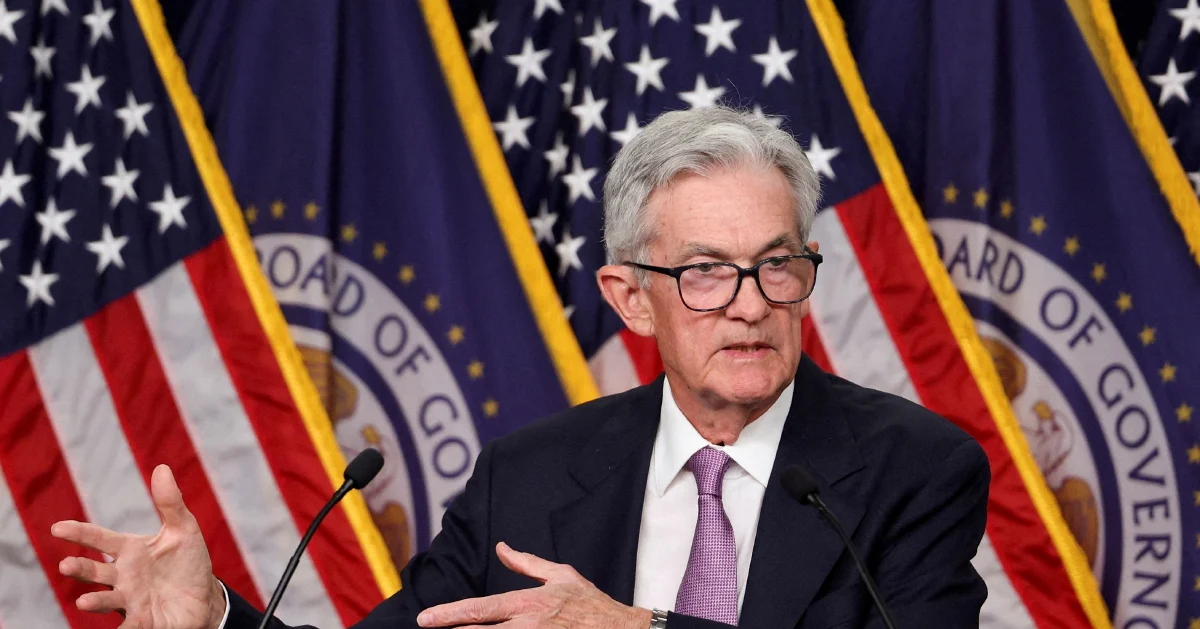
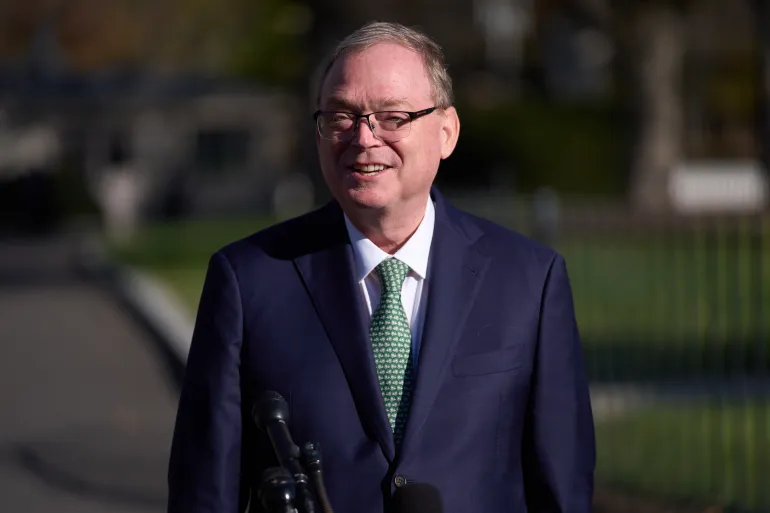
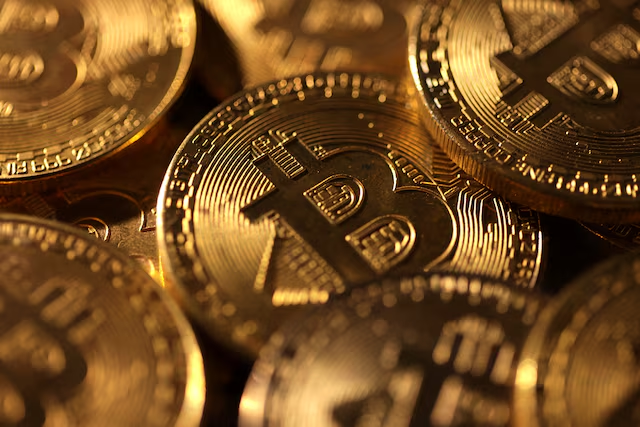

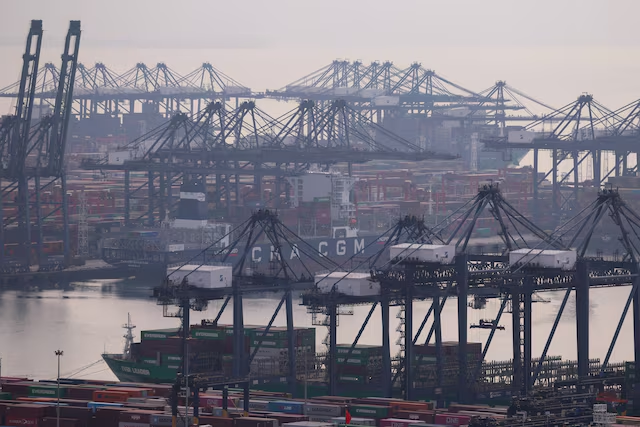
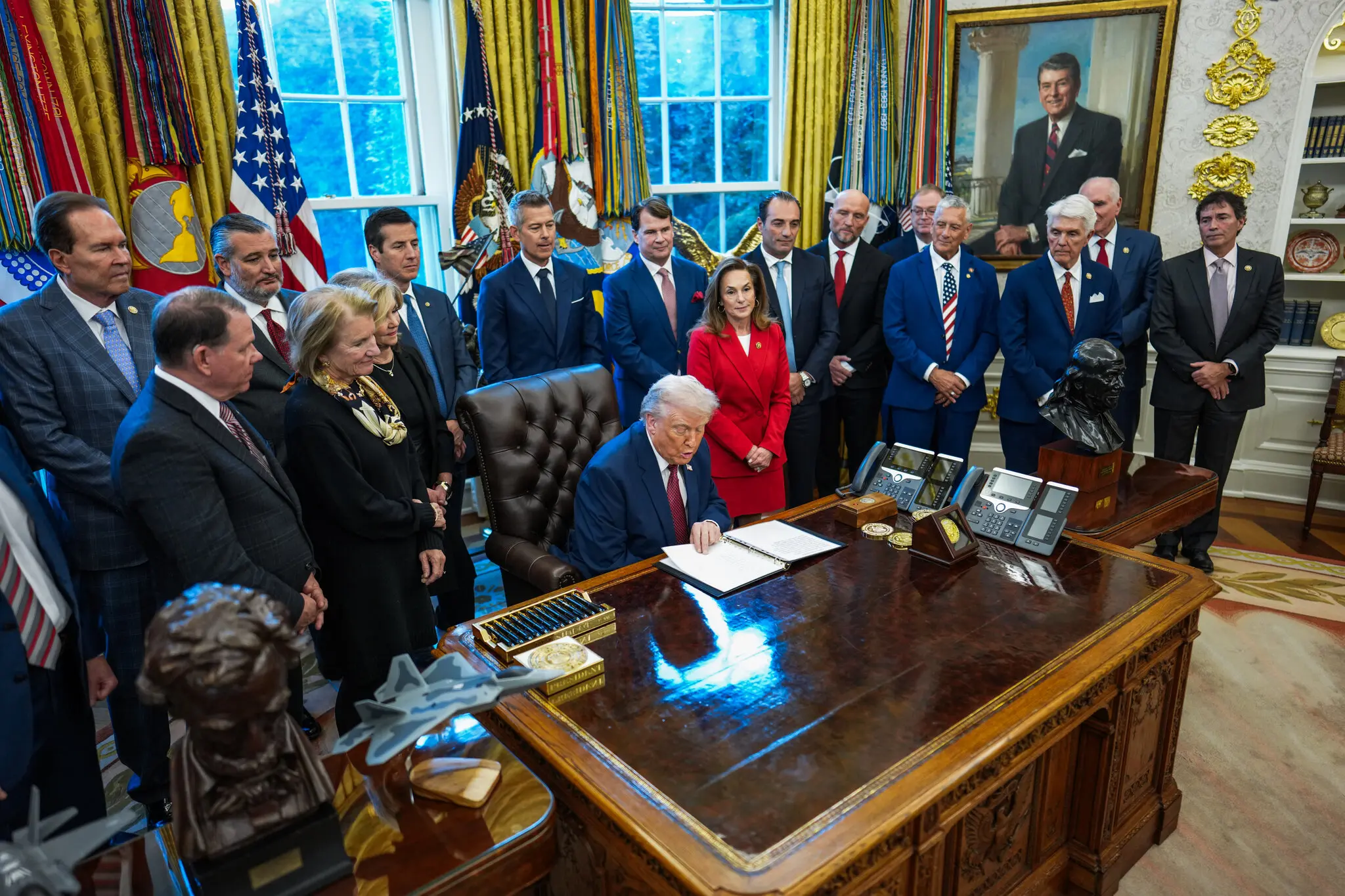
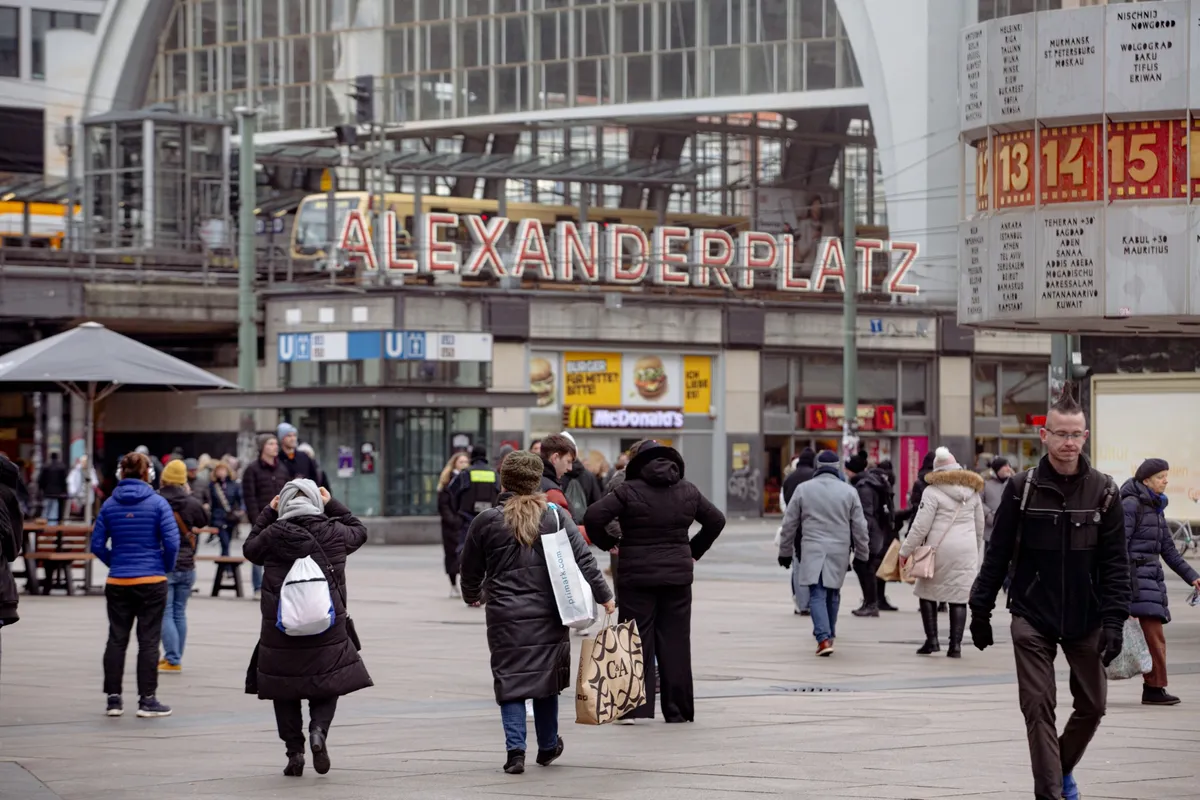
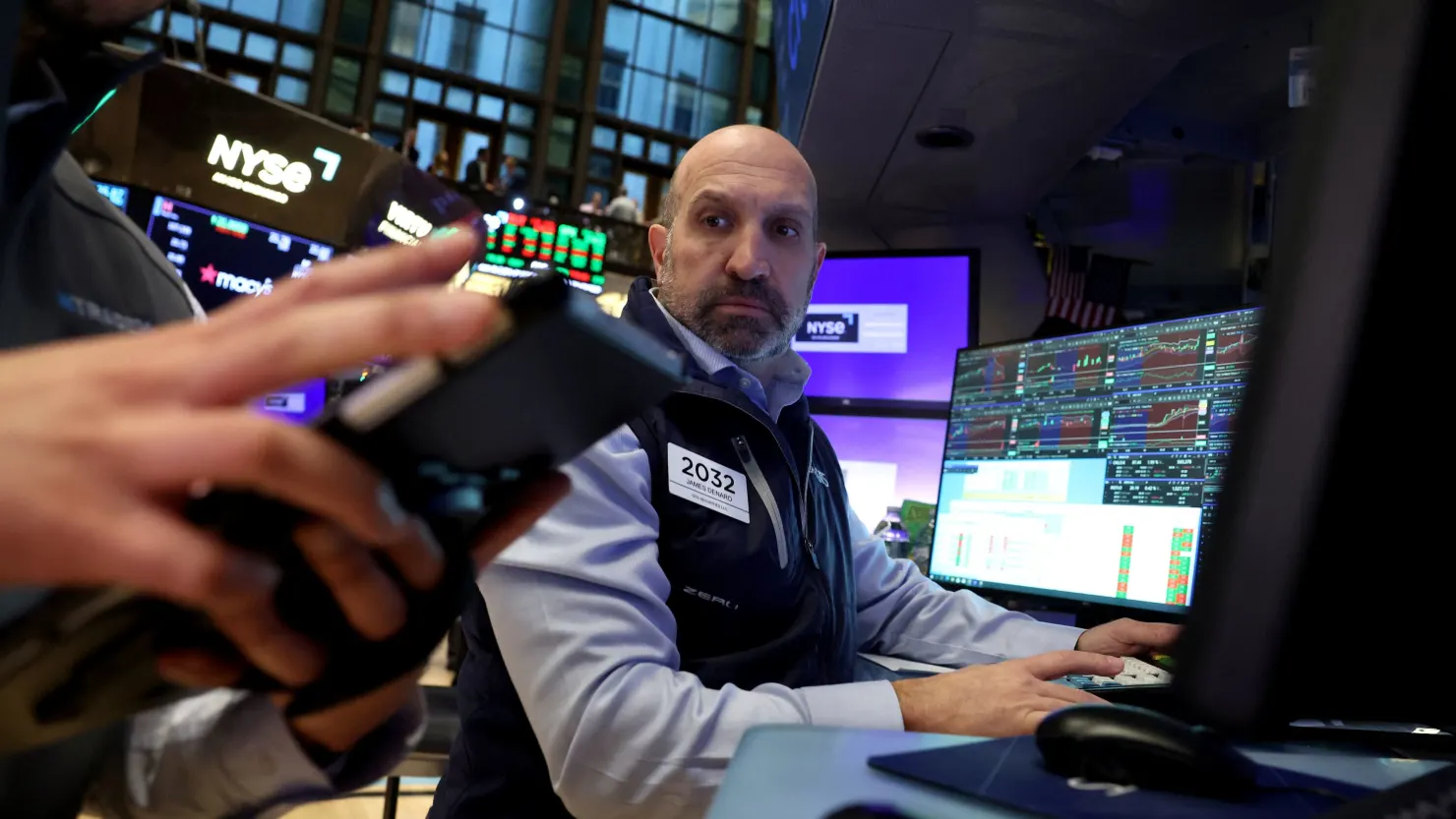


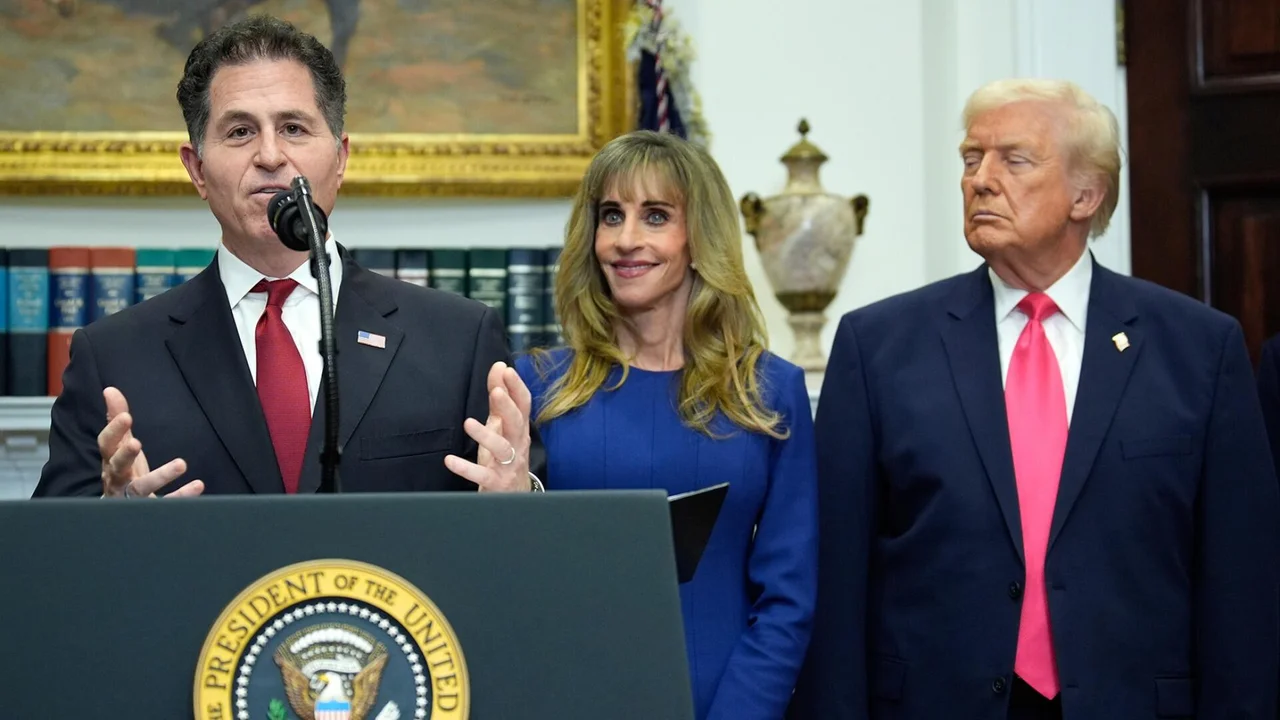




Leave a Reply